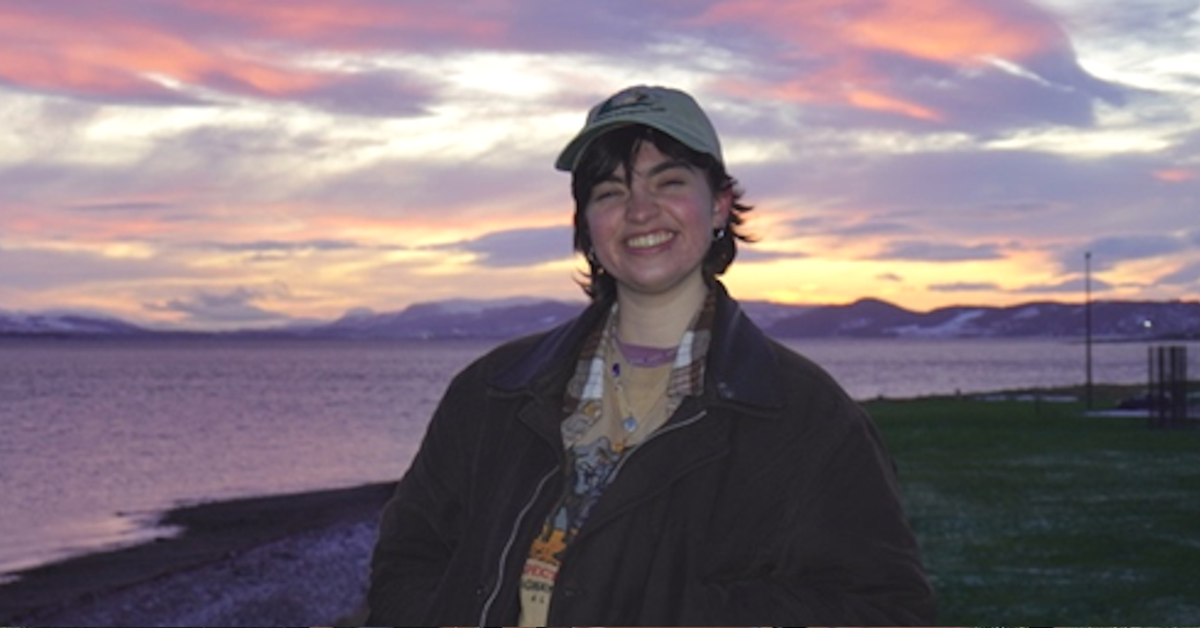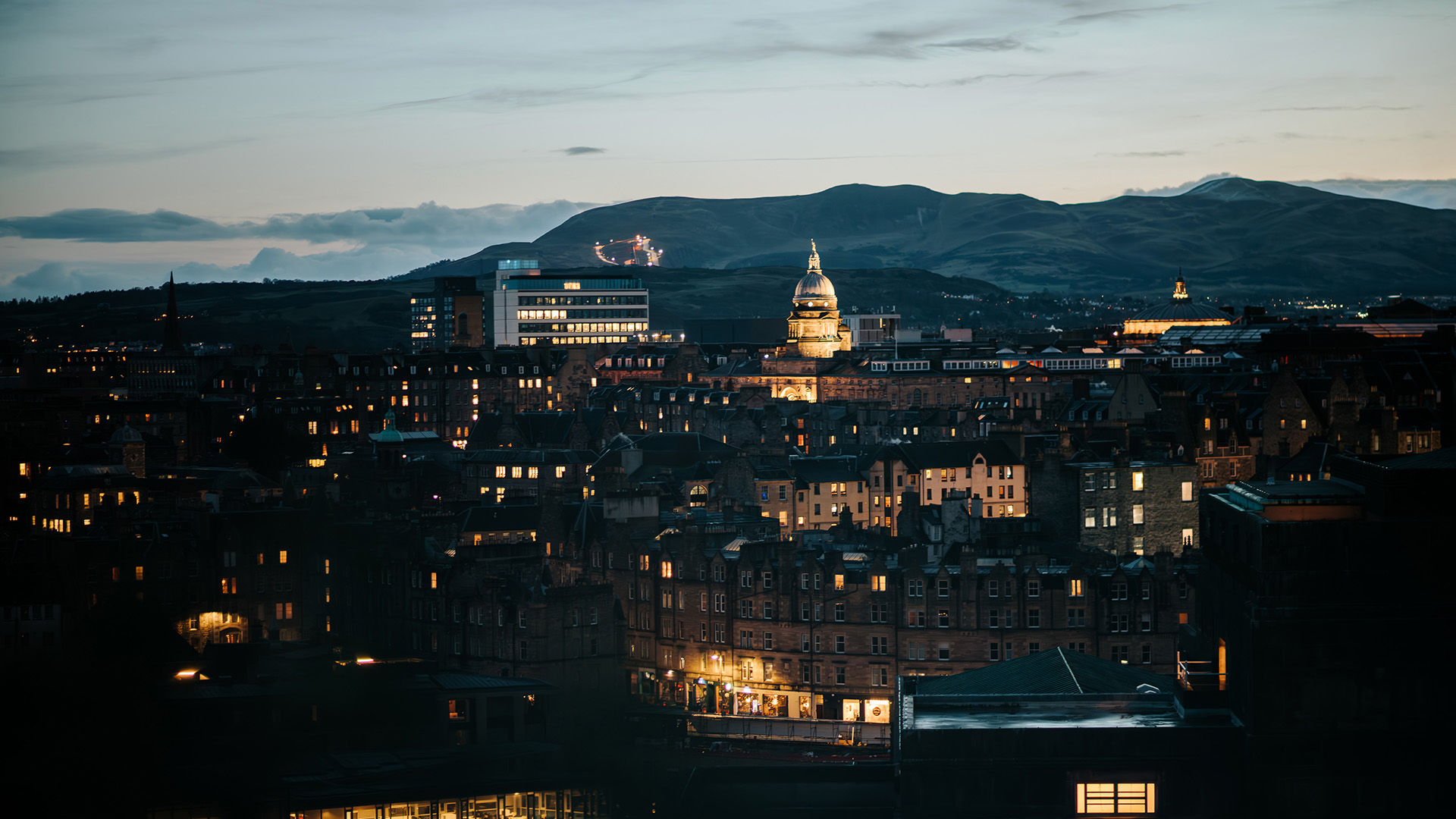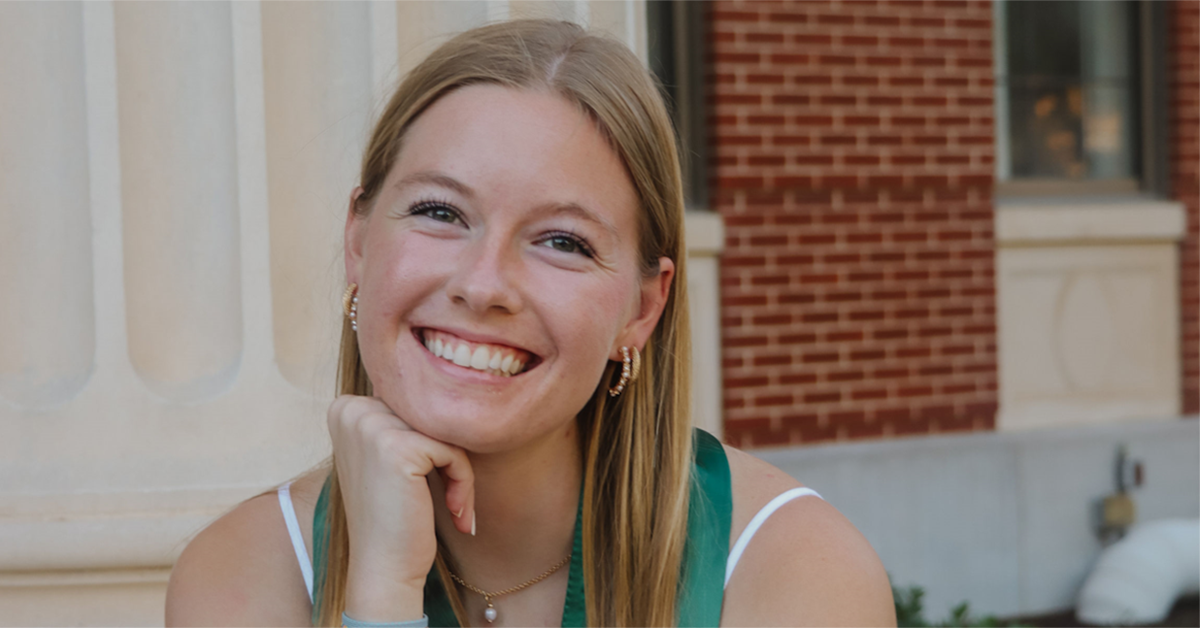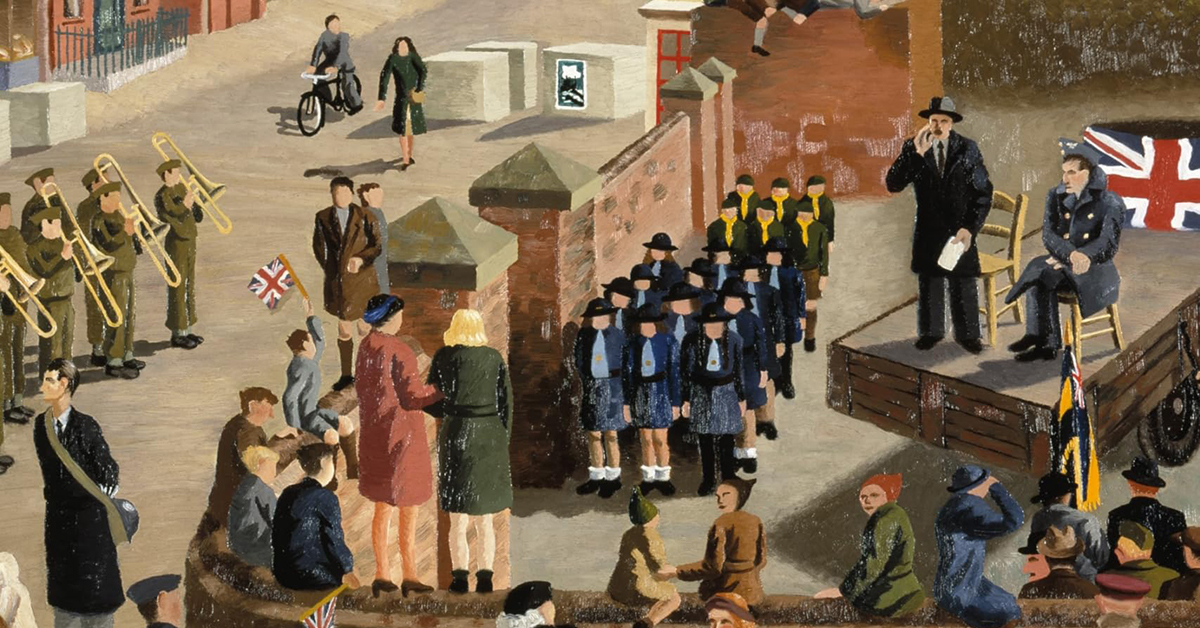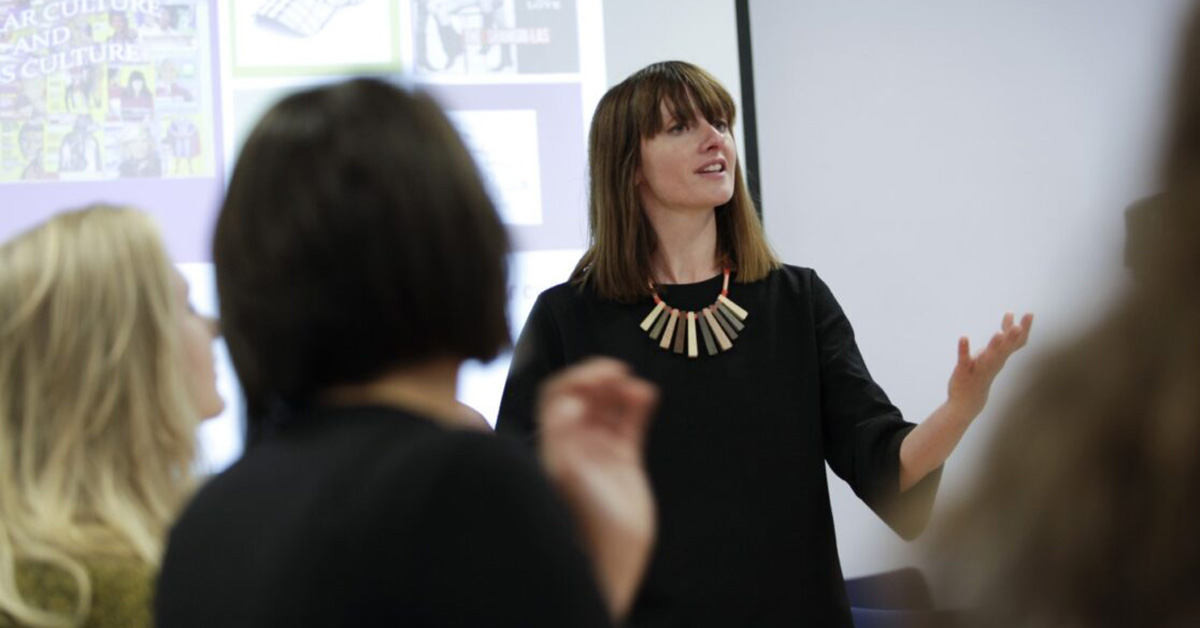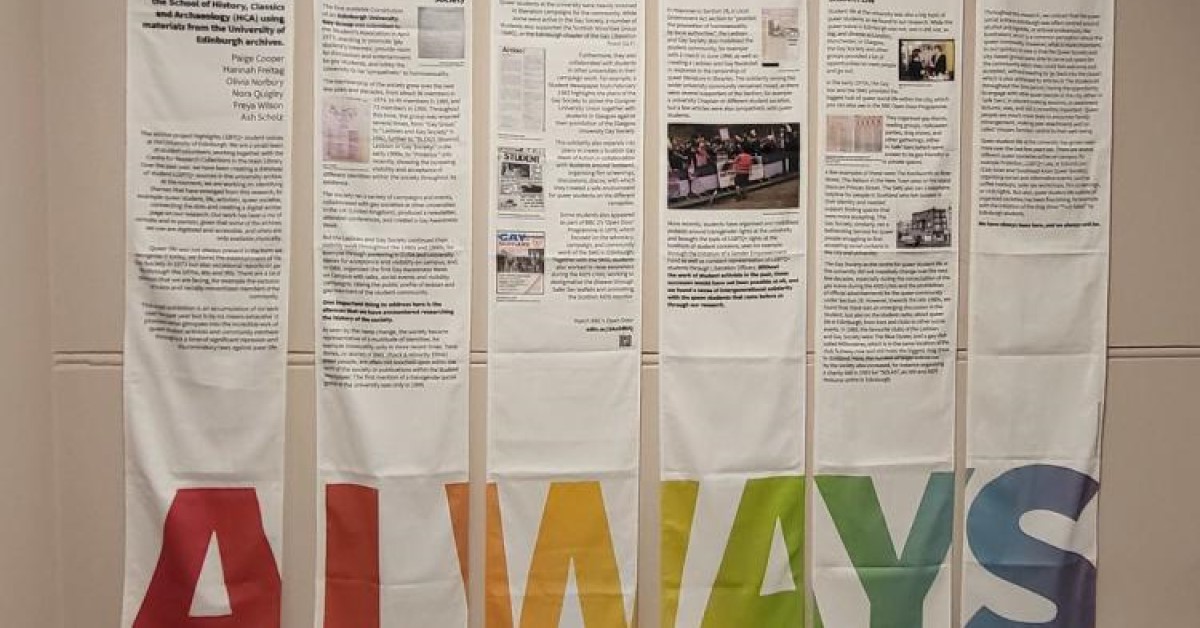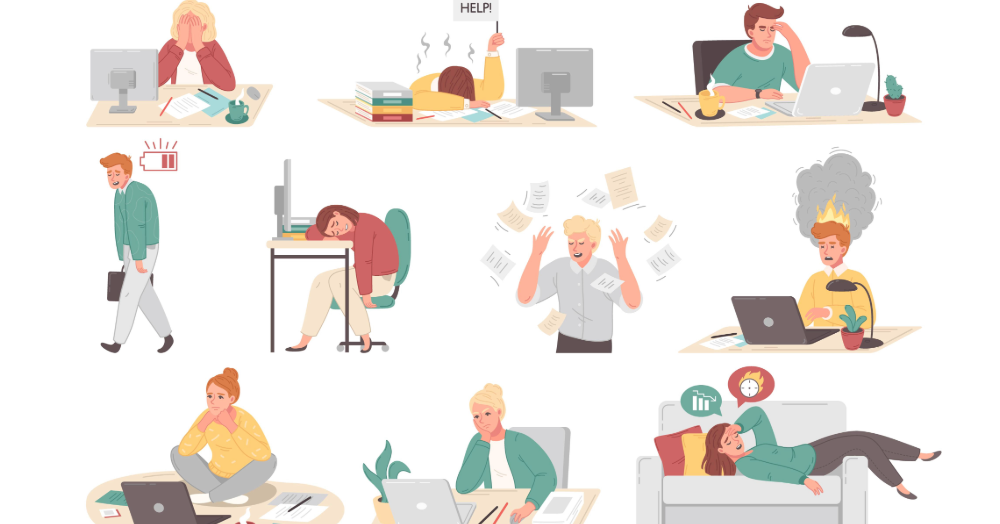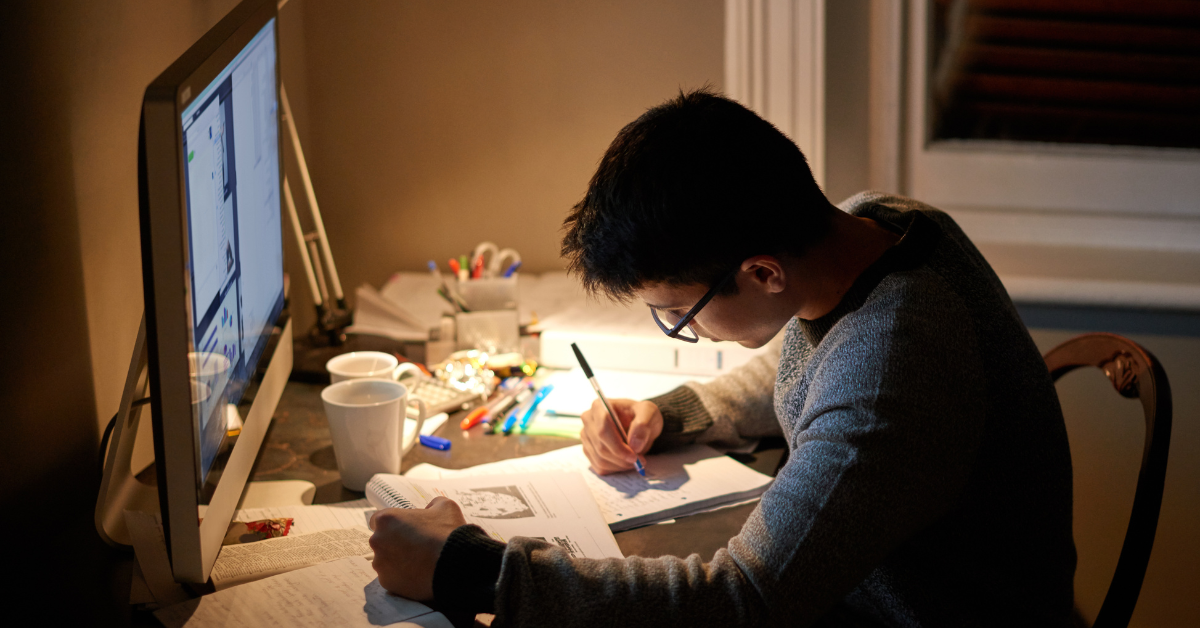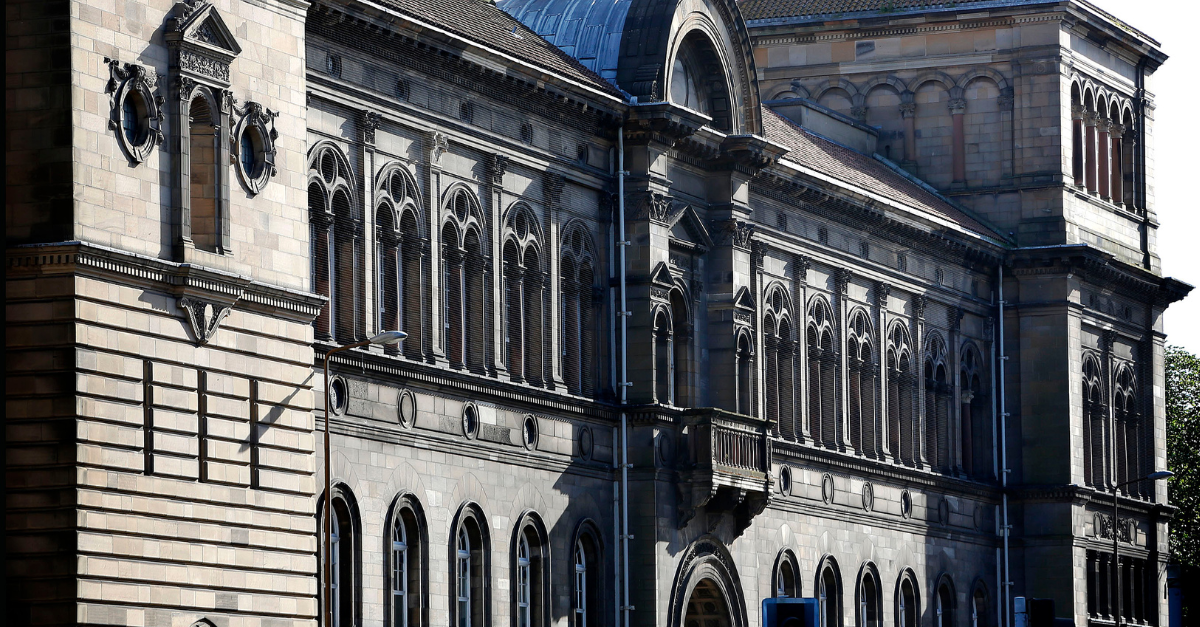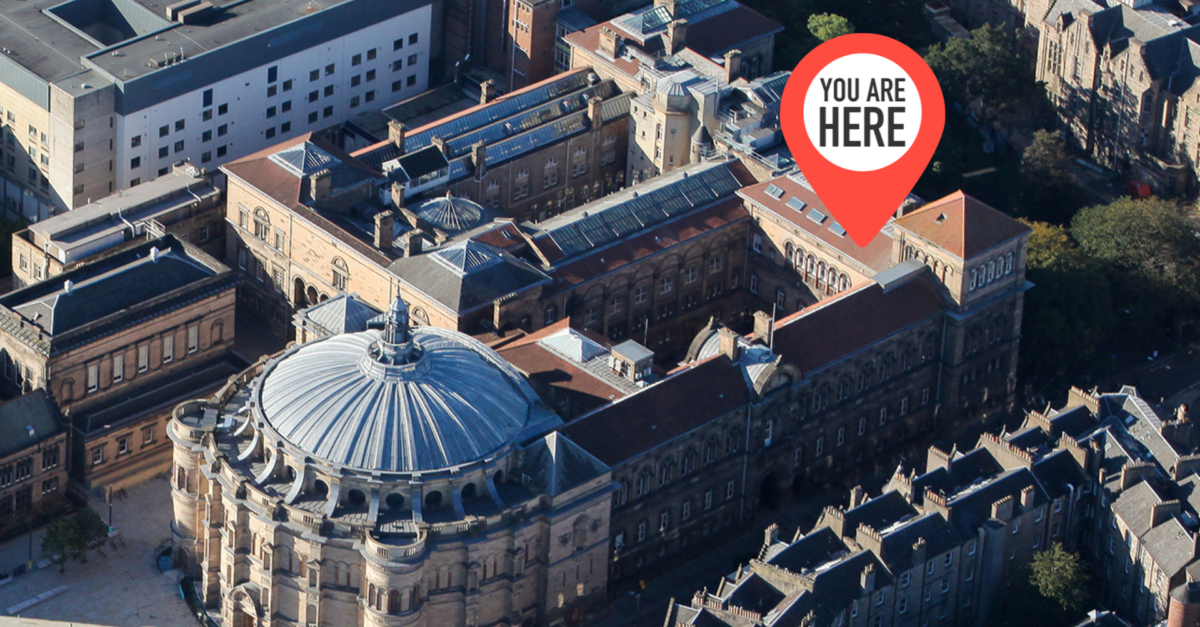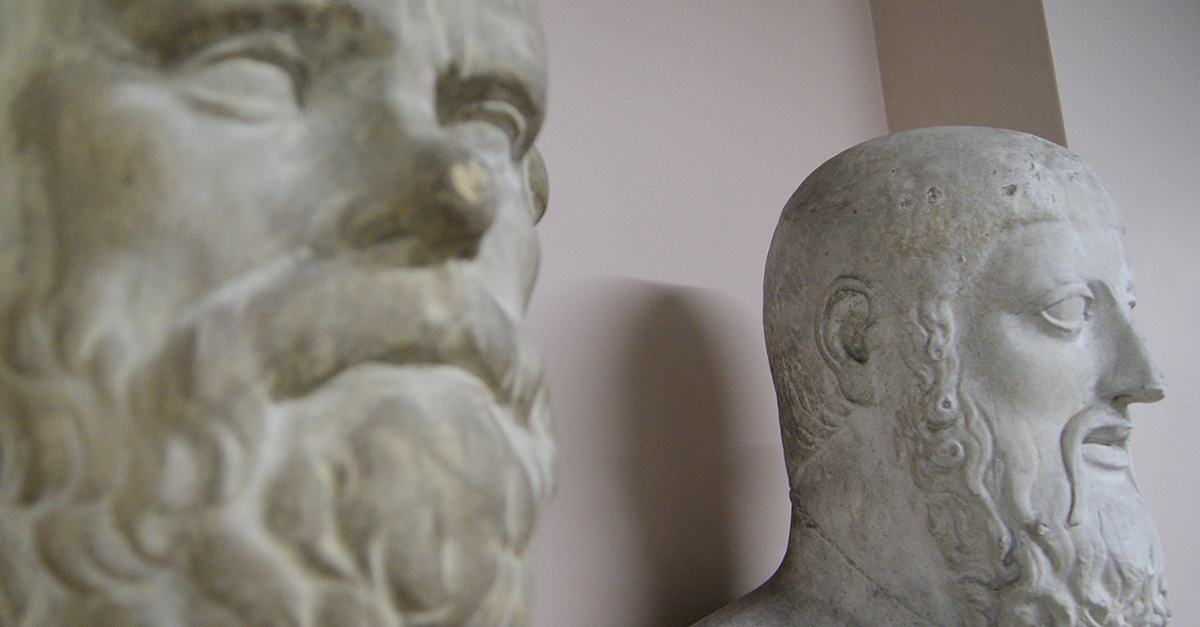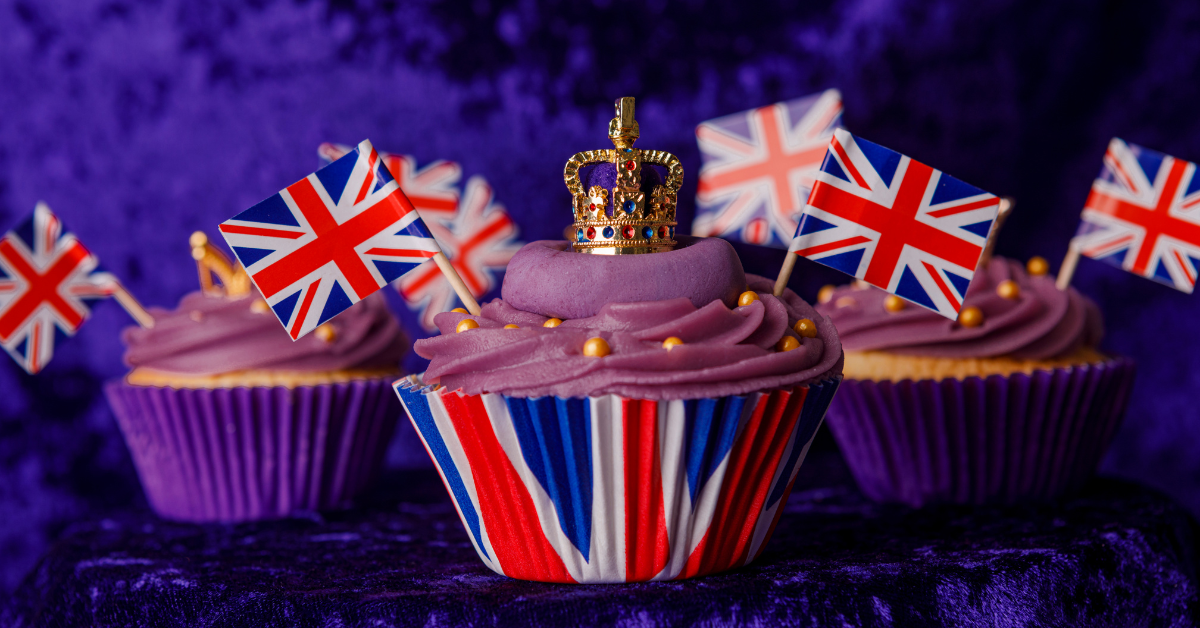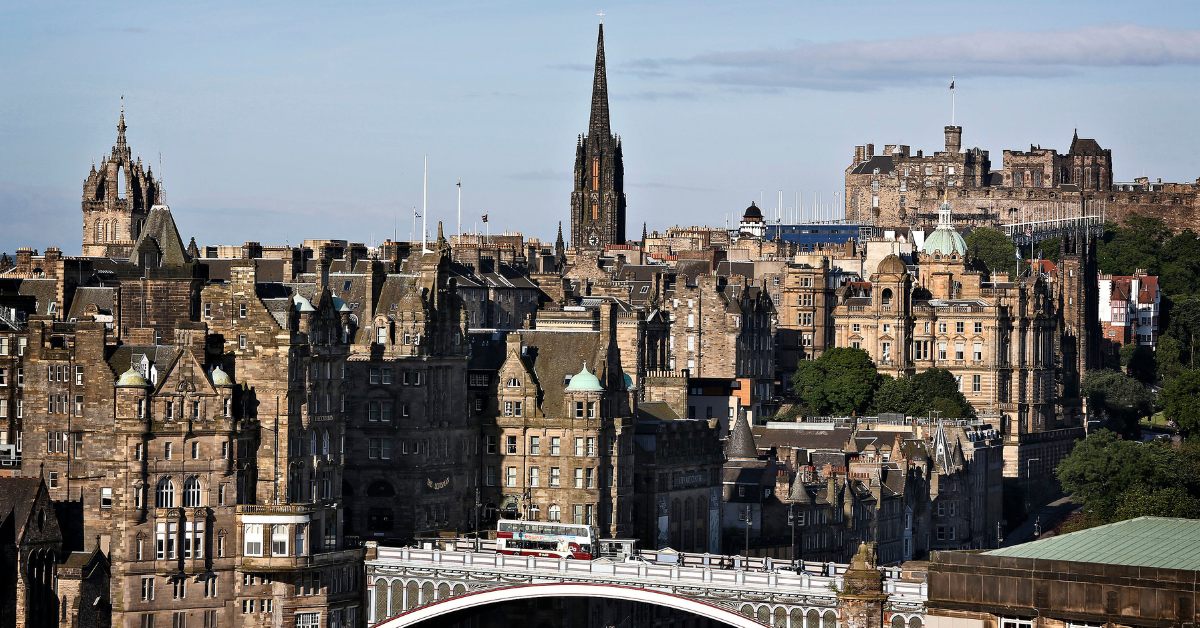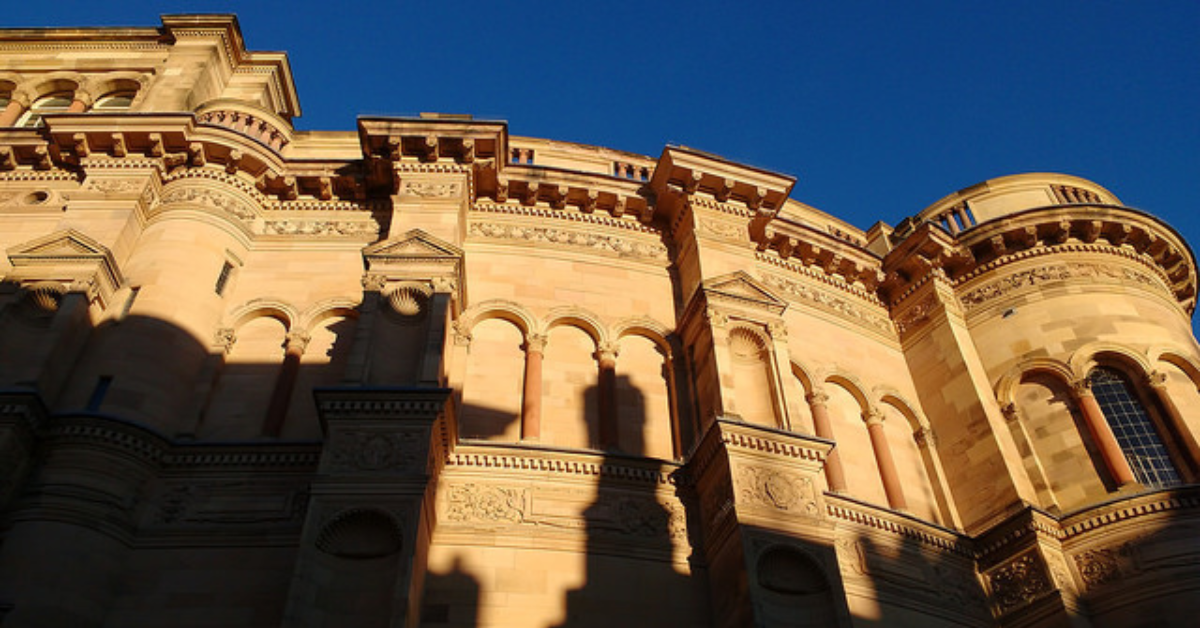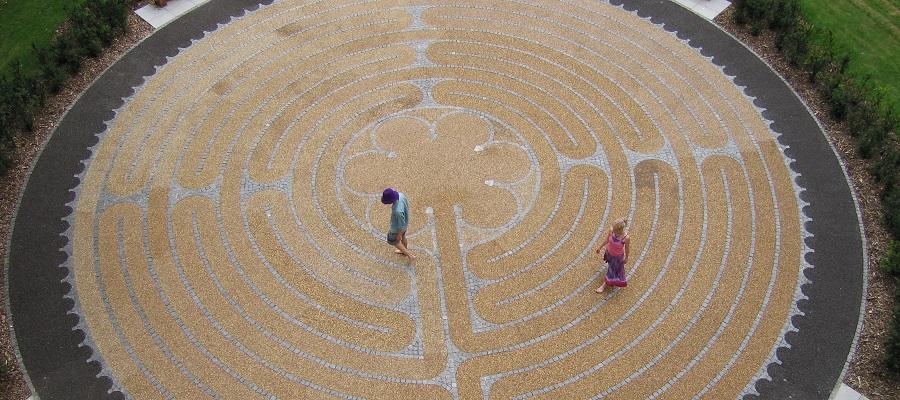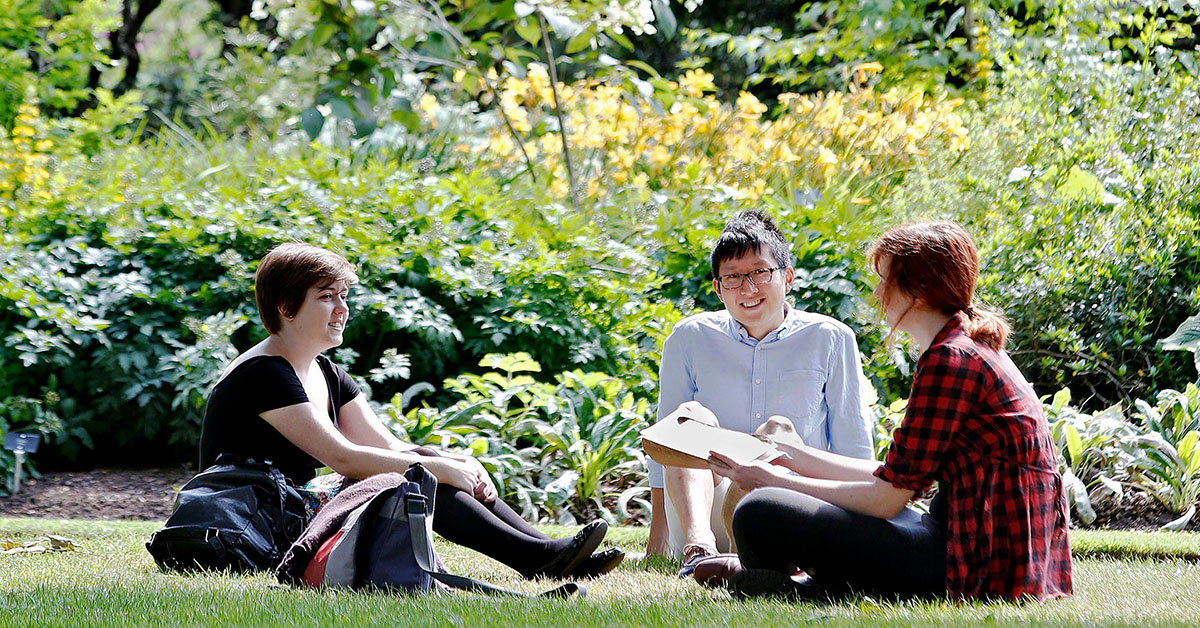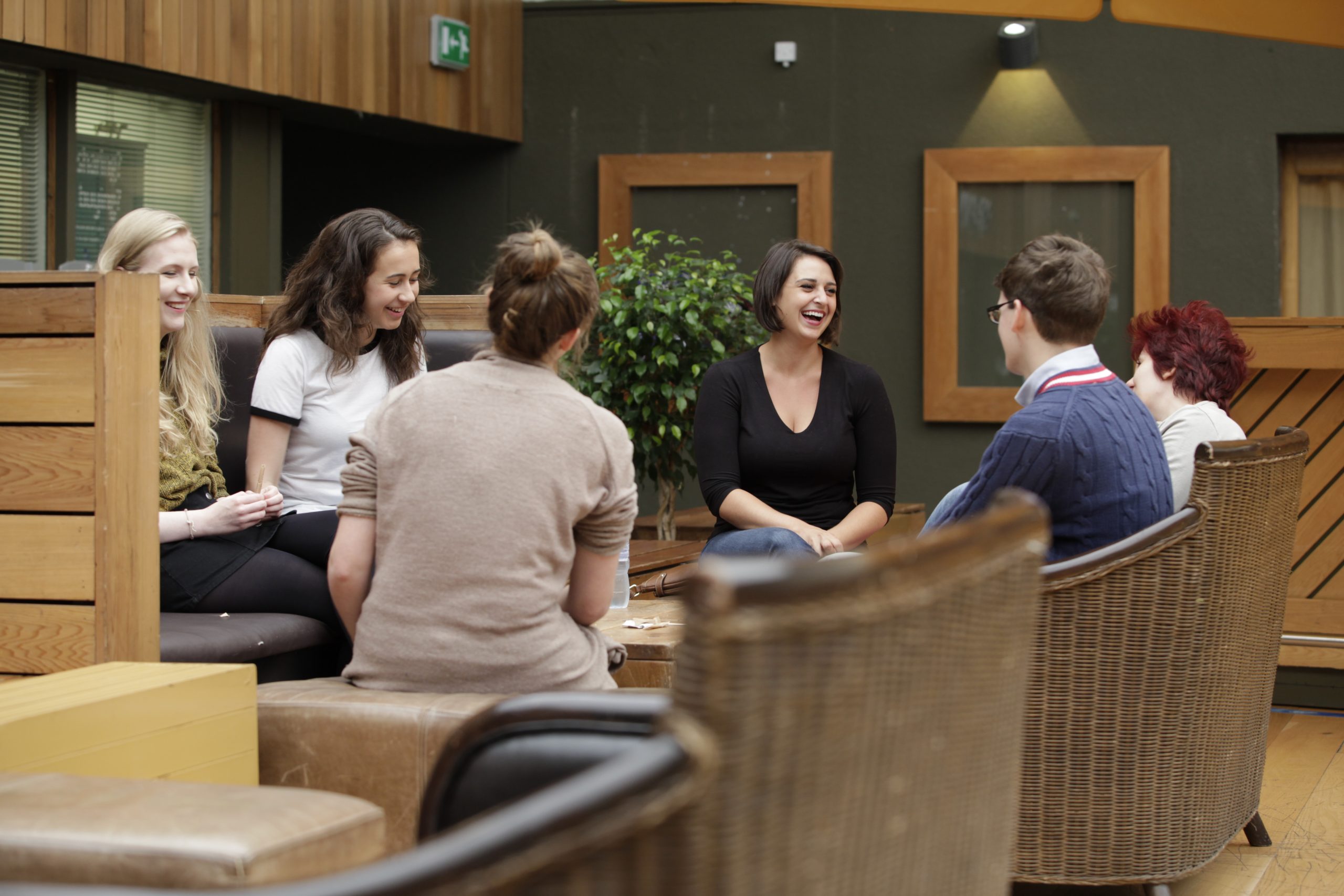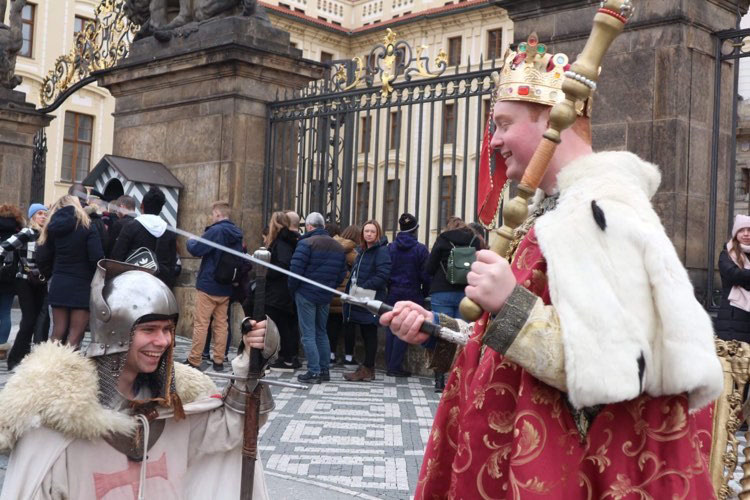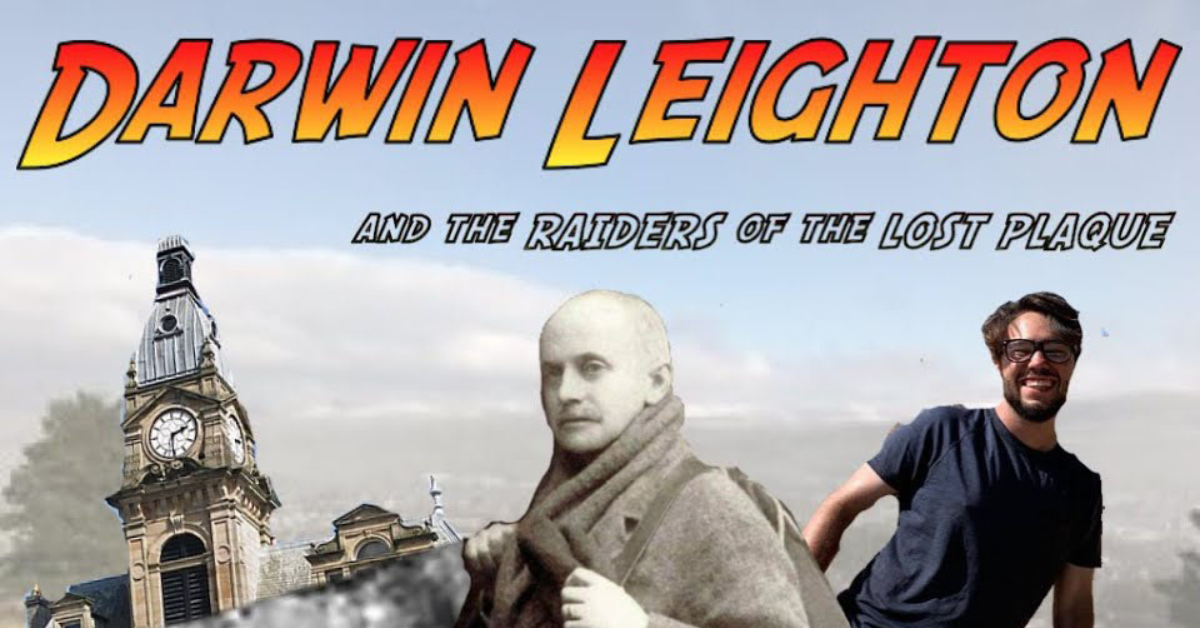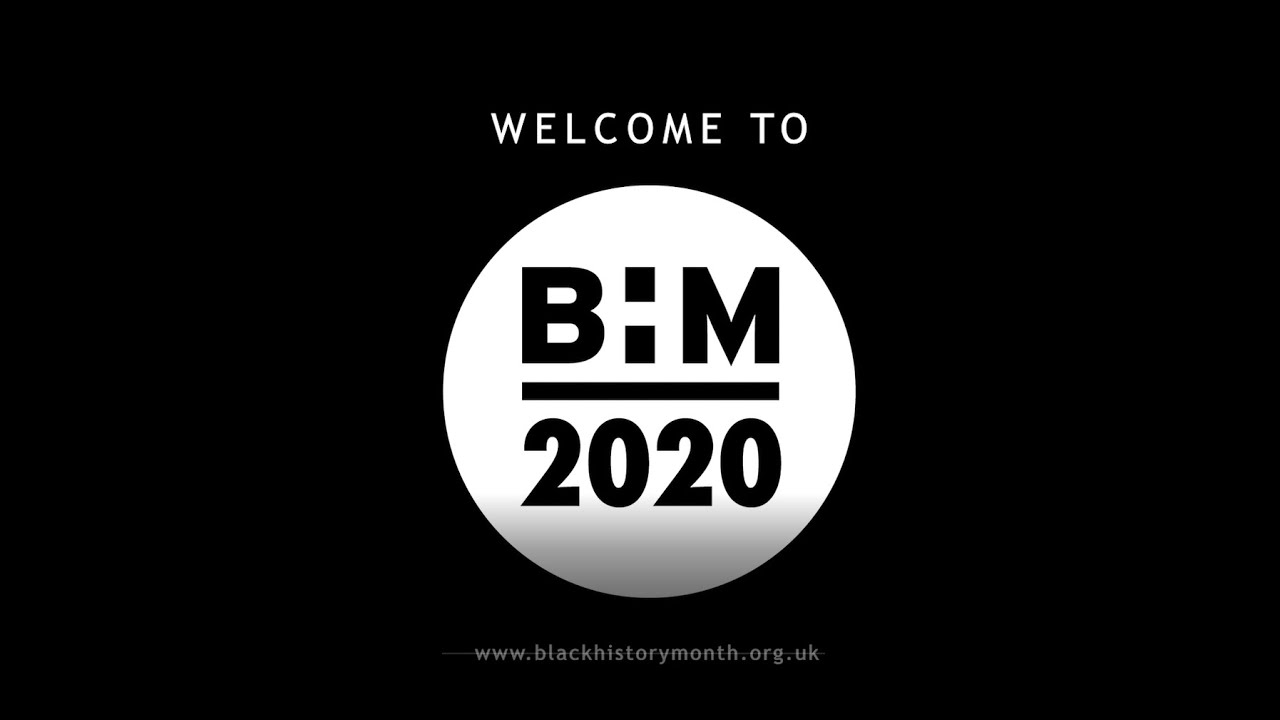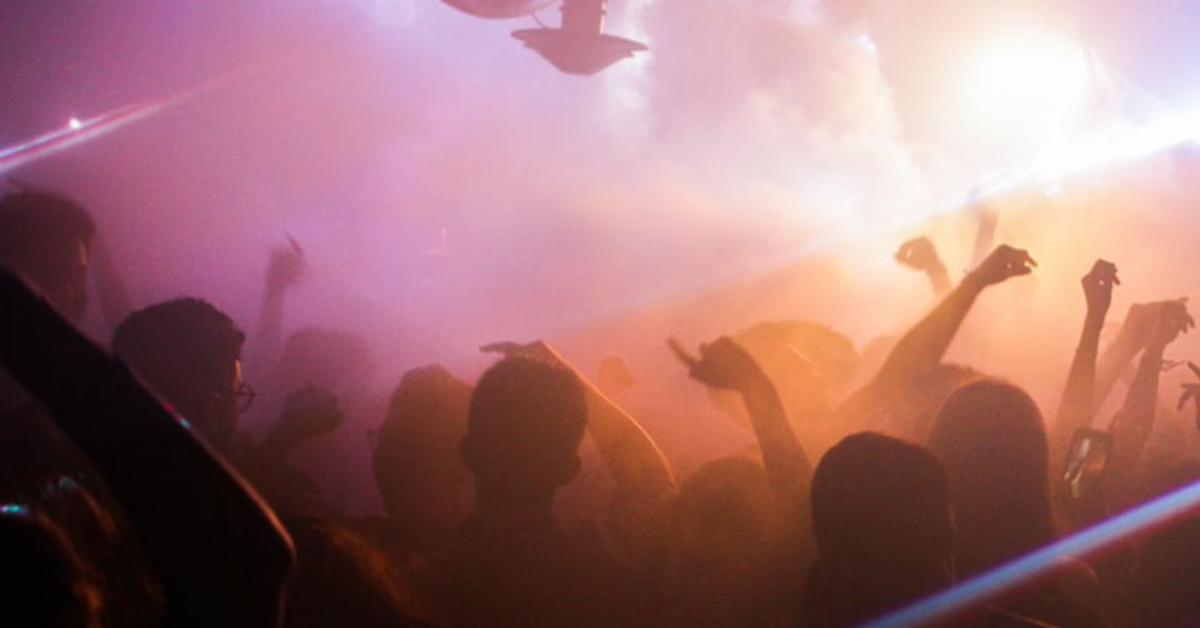Tag: History
Ahead of the Lacuna project, Chloe writes about the inspiration and aims of it. I am a Masters by Research student of History at the University of Edinburgh. In January 2025 I was awarded funding by the Student Experience Fund to develop an exhibition across the University’s campuses. This exhibition, entitled ‘Lacuna’, will be […]
By Rachel, studying MSc History, from the USA My name is Rachel and I’m an American international student pursuing an MSc in History. When I was looking into the University of Edinburgh at the end of my undergraduate studies, I was particularly worried about finding friends. Coming to the UK from the US, I didn’t […]
Rachel, from the USA, is studying History Returning to class after the winter holidays isn’t always the most exciting prospect – especially when the sun is rising at 9am and setting at 4pm. It’s dark and cold and you were just at home, eating for free and petting your cat. Don’t lose hope! As a second-semester […]
By Lydia, from the USA, studying MSc Intellectual History Hi everyone! My name is Lydia! I am a current postgraduate student in the Intellectual History programme, from the United States. When I moved to Edinburgh, I had never been before, knew no one, and had no idea where to start finding community. I had such […]
In this enlightening blog post, Qingrou Zhao, a third-year history PhD student at The School of History, Classics, and Archaeology, delves deeply into the concept of “rewilding creativity” through interdisciplinary teaching in tutorials. Inspired by ecological rewilding, which allows nature to reshape itself with minimal human intervention, Qingrou explores how educational methodologies can similarly benefit […]
In ‘Our People’s War’ (Bloomsbury, 2024), Jeremy Crang, Professor of Modern British History, brings together selected morale reports from the Ministry of Information’s Home Intelligence Unit to offer a unique ‘real-time’ glimpse into the mindset of the British public during these long years of struggle. What was the mood of the British people during the […]
Rachel is a Master’s in History student. In this blog, Rachel talks about the differences between undergraduate and postgraduate study, a normal day, and the best place for lunch! When applying to graduate school, there’s the burning question that arises: “How is graduate school different from undergraduate school? And, maybe more importantly, what do graduate […]
Kit is a third-year MA History student. In this blog, Kit discusses the courses they studied so far. I started my MA in History at the University of Edinburgh in the autumn of 2021. I am now in my 3rd year (after having to take a one year interruption of study) and looking forward […]
What does it mean to be queer in Edinburgh? Ash is a fourth year History and Politics student, and student ambassador. Ever since arriving at the university as a queer person, I have felt that there such a wide array of queer events, LGBTQ+ societies and groups in the city, but the amazing queer […]
Joint honours student Aalish is spending her year abroad at Peking University. She studies Chinese and History with the School of Literatures, Languages & Cultures. The opportunity to combine both of my interests in History and Languages was something I knew I wanted to pursue at university and Edinburgh offered me not only that, but […]
In this blog post, Tessa Warinner, wellbeing adviser at the School of History, Classics, and Archaeology, discusses ‘Burnout’ – a rising concern in academia. Tessa discusses what it feels like, its prevalence, impact, and signposts helpful resources for managing it. This post belongs to the Hot Topic theme: Critical insights into contemporary issues in Higher Education. I’m […]
…by Kit / from Belgium / studying History (MA) / 3rd yearAll Posts Being at university, there’s always a time when we struggle to get work done. As a disabled student, this can be doubly true. Whether that’s due to ADHD goblin brain or bad health days, the tips and tricks below can help you […]
In this post, Rose Day, Learning Technologist at the School of History, Classics, and Archaeology (HCA), highlights the HCA TEL Learn Ultra Showcase. The showcase features some of the innovative courses and provides insightful commentary from course organizers and learning technologists who played pivotal roles in their development. This post also belongs to the Spotlight on Learn […]
Tanvi shares her experience of being an international student, and the supportive community of School of History, Classics and Archaeology. Student life in Edinburgh is colourful and multifaceted, and this is something that the University has continued to provide throughout my time as a student here. My experience at the School of History, Classics and Archaeology […]
Lockdown taught us that you don’t really need to be somewhere physically to get the work done, right? History student Olivia might disagree. When I started university, I didn’t really spend much time in the William Robertson Wing – the home of the School of History, Classics and Archaeology, or HCA as it’s usually known. […]
Twice the fun or double the trouble? Student Ambassador Aalish is studying a joint honours degree. I made the choice to study Chinese and History simply because I love learning a language and history has always had a soft spot in my heart. Studying a language alongside history presents its own unique challenges, not only […]
Seth is from Belgium and has recently completed his first year of studying History and Scottish History. Starting university is always daunting but doing so as a ‘Mature Student’ can be even more so. Of course, even in this case one size does not fit all, as the term ‘Mature Student’ covers anyone starting university […]
Amidst the excitement of the coronation of King Charles III, Dr Alasdair Raffe – Senior Lecturer in History – takes a look at the story of Scotland in it all. “Some aspects of the coronation of King Charles III on Saturday 6 May 2023 have been updated to reflect modern tastes – the oil with […]
A new book by Professor Richard Rodger – Professor Emeritus of Economic and Social History – looks at the history of one of Edinburgh’s most beloved architectural icons, the ‘Colony’ house. My book, “Happy Homes: Cooperation, Community and the Edinburgh ‘Colonies’”, takes its title from the Reverend James Begg’s 1866 publication, “Happy Homes and How […]
Over 10,000 overseas students matriculated with the University of Edinburgh in the 2021-2022 academic year, but what is like to study here? Georgia-Taygeti – originally from Greece – shares her experience. My favorite class throughout the first two years of my History degree was not an actual history class. Instead, I looked forward the most […]
To say the Covid years were tough is, of course, a gross understatement. But what if you’re a new international student finding your feet in a foreign country? Olivia is a second year History (MA Hons) student, and this is her story. I had never been to Scotland before August of 2020 when I moved […]
Scarlett is a 4th year History and Politics student and she’s going to take you through a typical day in her life to give you a taste of what it might be like to study at the University of Edinburgh! It’s Wednesday, February 2nd… 8.00am – Typically when I wake up and the first […]
Fitting in, finding friends, ‘the student experience’. There is no one way to be a student, but 4th year History (MA Hons) student Georgia-Taygeti shares her experience and how volunteering made the difference for her. In my first year I didn’t really feel like I was doing the student thing right. I made my closest […]
Good question. Luckily, Tristan [MA (Hons) Ancient and Medieval History] can help answer that. In the 18th Century Edinburgh designated itself the ‘Athens of the North’, and wandering through the city centre it’s not hard to see why. Okay, after twenty-something years in the Scottish capital I’m admittedly a little biased. But what isn’t to […]
As part of Pride Month, Tristan (Ancient and Medieval History, MA Hons) shares his experience as an LGBTQ+ student at the University of Edinburgh. Navigating your first year at university can feel both intimidating and exciting as you get to grips with higher education, exploring a new city and meeting new people. This experience can […]
Much of university recruitment is aimed at school-leavers, but what if you are older or have been out of education for some time? Tristan – MA (Hons) Ancient and Medieval History – told us his story. In 2018, the University of Edinburgh launched its Access Programme as part of its Widening Participating Initiative. As a […]
Will I find those “friends for life”? Will I be able to balance my studies with a healthy social life? Will there be societies I want to join? Jack – History and Politics (MA Hons) – answers these very questions. Some of the biggest worries that Freshers tend to have about coming to university are […]
When History and Archaeology student Tom’s outreach project fell foul of Covid, he looked closer to home for inspiration and Footnotes was born. One day in December I was trawling through reports written by the commercial archaeology firm Oxford Archaeology North about the archaeology that they had found in my local area. Commercial archaeologists survey […]
Leaving home to go to University is daunting enough, but what’s it like if you’re travelling across the world to do it? Scarlett is from the US so she can tell you. At times as an international student, it can be difficult to be so far away from home. But trust me when I say […]
The University of Edinburgh Staff Pride Network supports LGBT+ colleagues and allies, one of whom is HCA staff member Emma. We asked her about her role as Ally Representative. Hi there! I’m Emma, the School of History, Classics and Archaeology’s Modern Apprentice who has recently been appointed as Ally Representative in the University of Edinburgh […]
This October we are celebrating Black History Month, and we asked some of our tutors who study Black history within the School for aspects of Black history that they think are untold. From influential figures to fascinating manuscripts, these sources give us a deeper understanding of Black history and why it is so important that […]
We asked Student Ambassador Alfie for his thoughts on what it’s like working whilst studying. My first piece of advice for any students looking for a job in term-time would be to make sure you read the job advert closely. If you don’t, you may end up like me. Not that that’s a bad thing. […]
One of our students, Sarah, gives us the lowdown on surviving exams. As a student, exams are inevitable: some courses only require in-term coursework, but most have a final exam to test your learning through the semester. As a fourth year I’ve gone through many exams and have developed my ideal system for dealing […]
It’s only now that I’m in my last semester of my final year, and I’m having to contemplate moving to a new city, do I realise quite how much I love Edinburgh and the people in it. Having lived here for four years now, and I can honestly say that there is no other place […]
Student Ambassador Scarlett looks back at the things she wished she’d know before starting her studies. With 2 years of university completed, I’ve had a bit of time to reflect on my experience so far. As a History and Politics student I’ve gained several writing, studying, and analytical skills, but there is so much […]
All work and no play? Student Ambassador Jack looks at working as a student At times, it can be a tricky balancing act but I’ve benefited greatly from getting a glimpse into the world of work; from stepping into a completely different environment to University study, doing something I enjoy whilst gaining different skills from […]
We have some impressive neighbours, including the National Museum of Scotland. Student Ambassador Carlotta visits an exhibition there. Last week I visited the Wildlife Photographer of the Year exhibition at the National Museum of Scotland. The exhibition shows the hundred finalists and two overall winners of the Wildlife Photographer of the Year awards, run by […]
As one of the Trip Officers for the Edinburgh University History Society, Student Ambassador Carmen was responsible for organising a trip to Budapest and Vienna for 40 society members during Innovative Learning Week. While we were only away for 5 days, it felt like ages because we did so much in both cities! – Carmen […]
Student Ambassador Ruby reports on a busy February for the School’s Societies. February has been a busy month here at the University – particularly for History, Classics and Archaeology students! Not only have we had the Staff-Student Pub Quiz and the History and Classics Society trips, but it’s also been LGBT+ History Month and RAG […]
The University and School offer a fantastic range of seminars throughout the year. Student Ambassador Frances attends one in our sister School, Social and Political Science. I recently attended a lecture by gender studies expert Dr Krishna Menon. The lecture, titled ‘Feminist Explorations of Contemporary South Asia: Possibilities and Challenges,’ was part of the Chrystal […]



